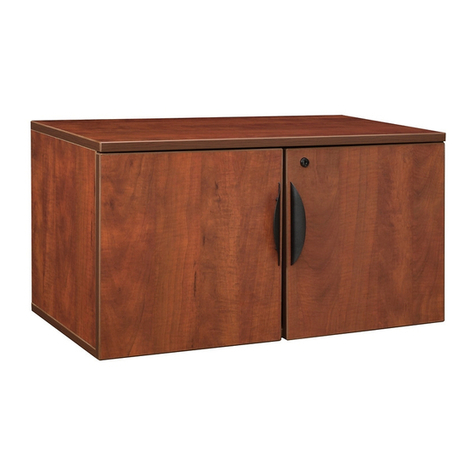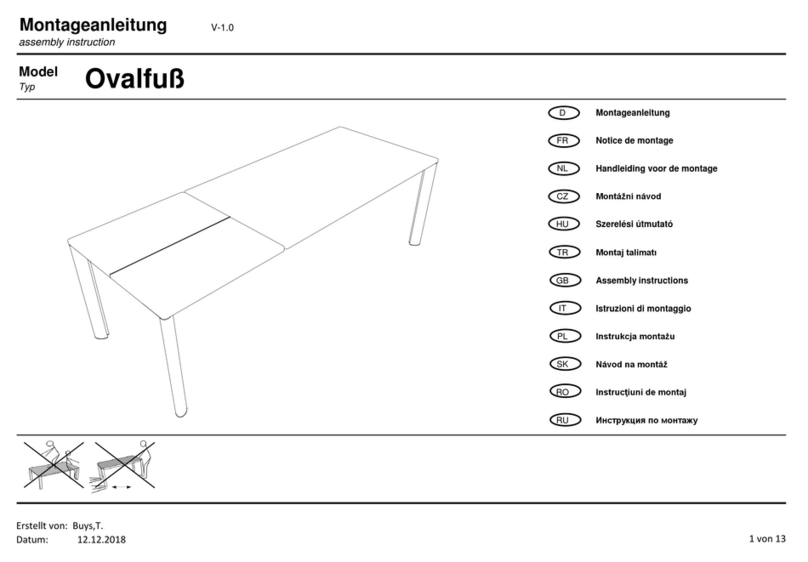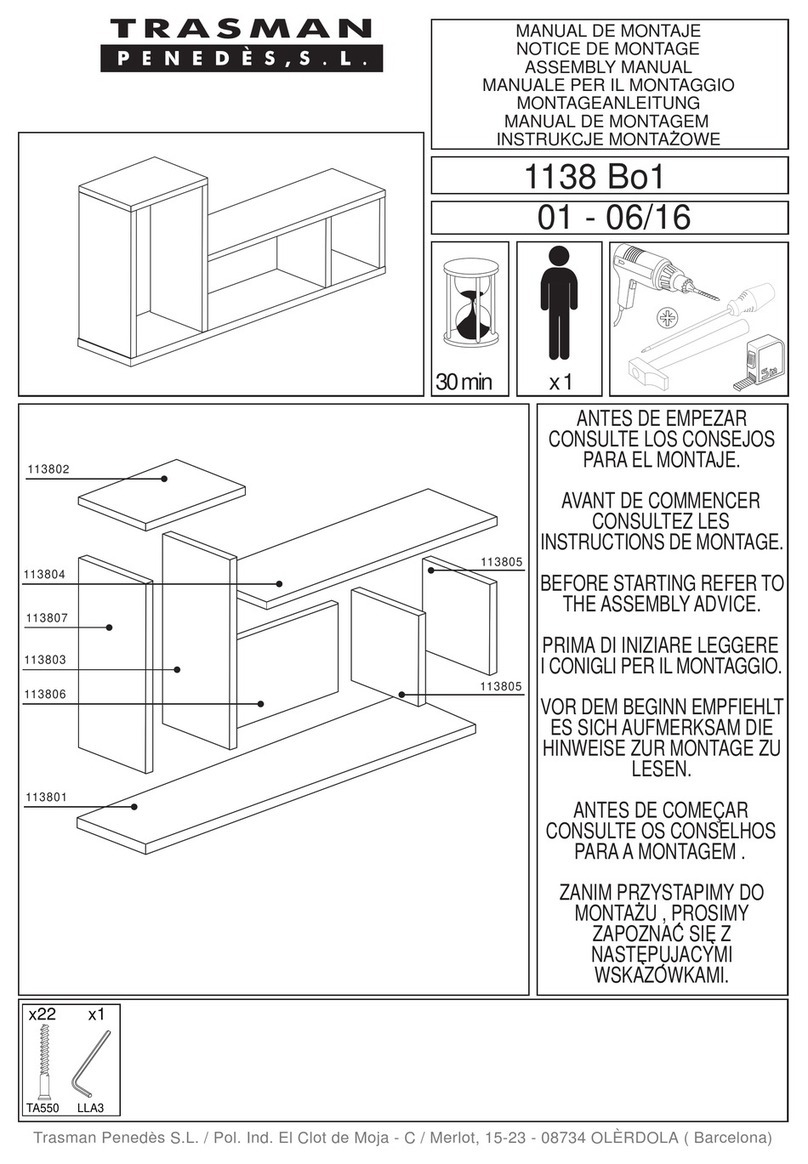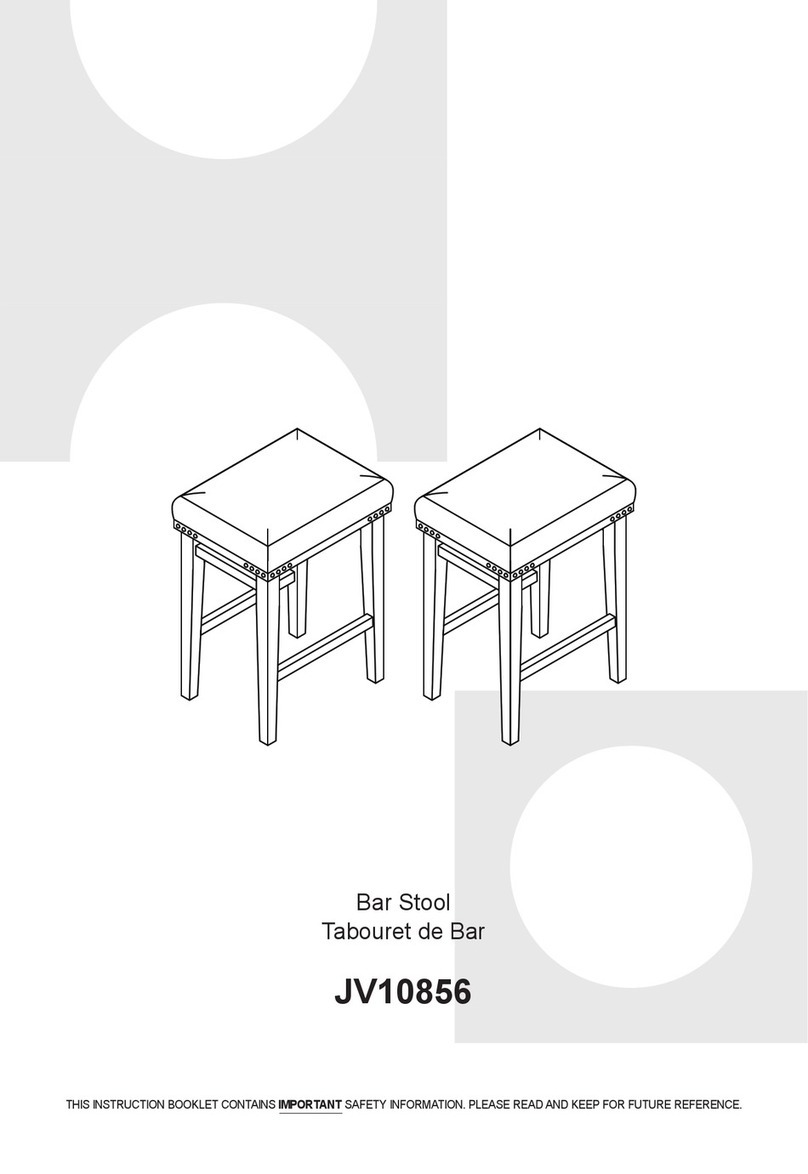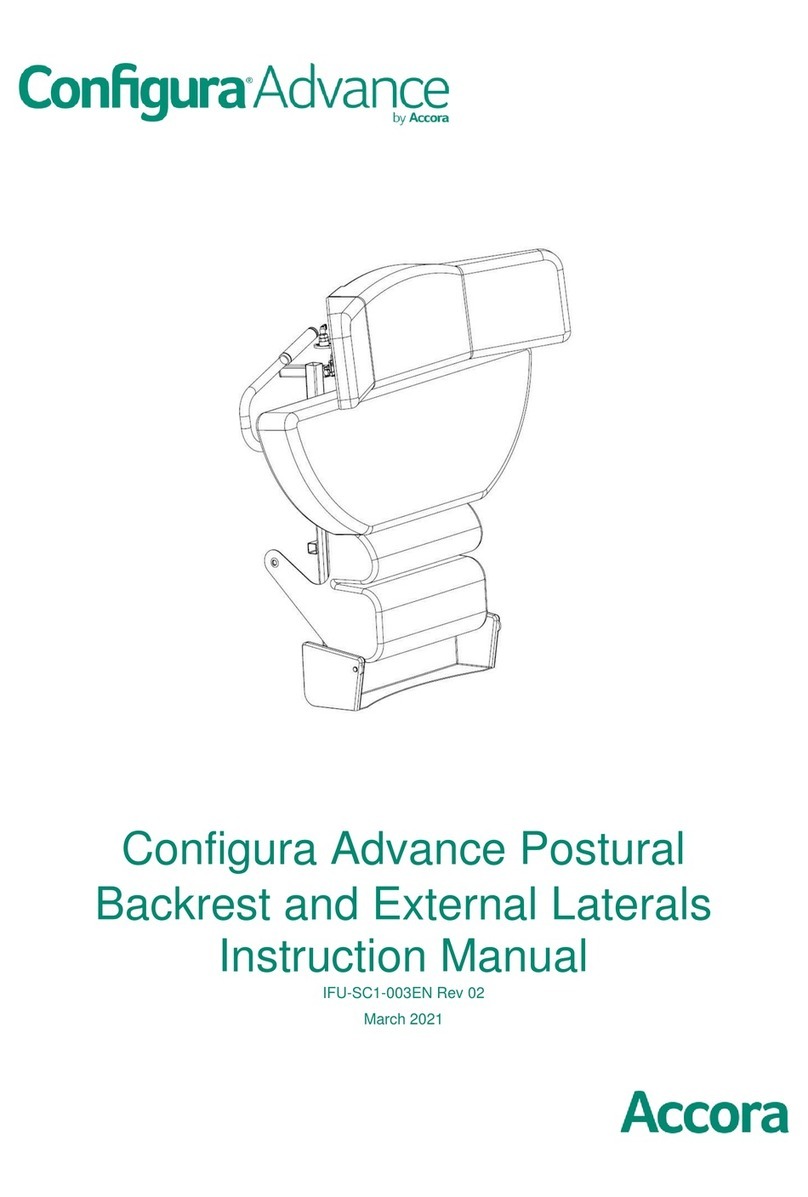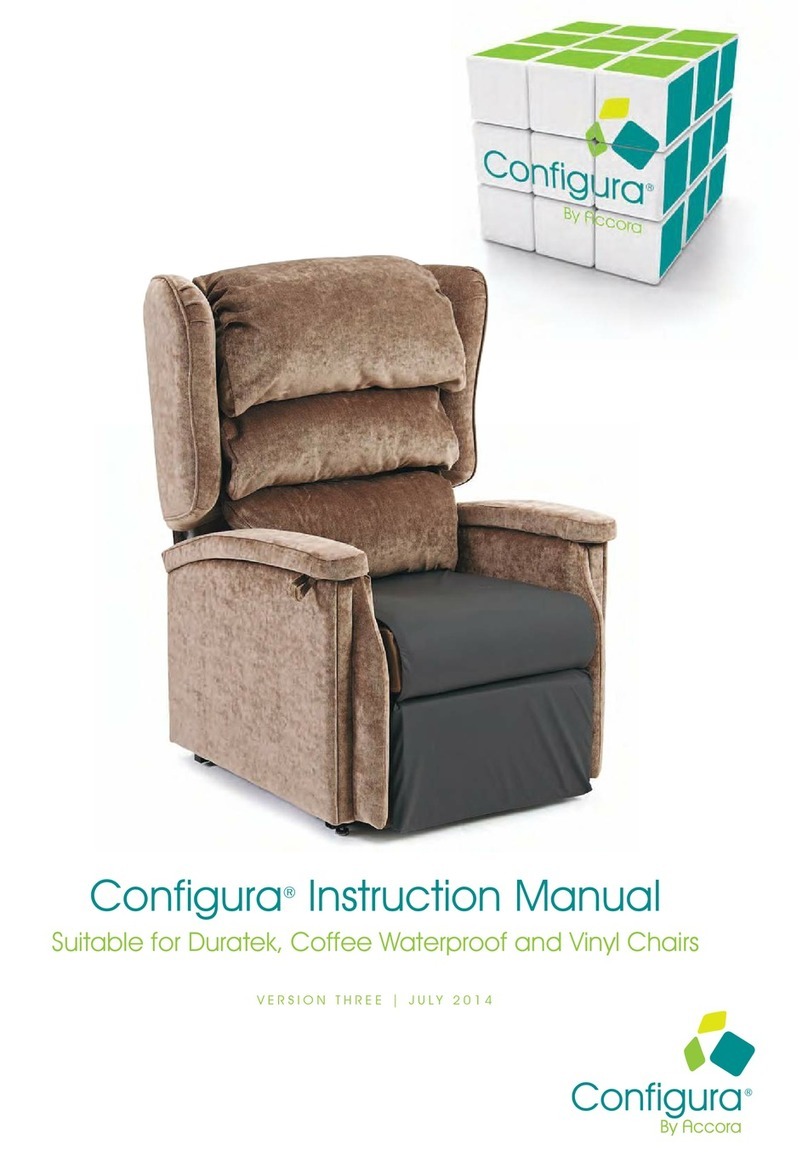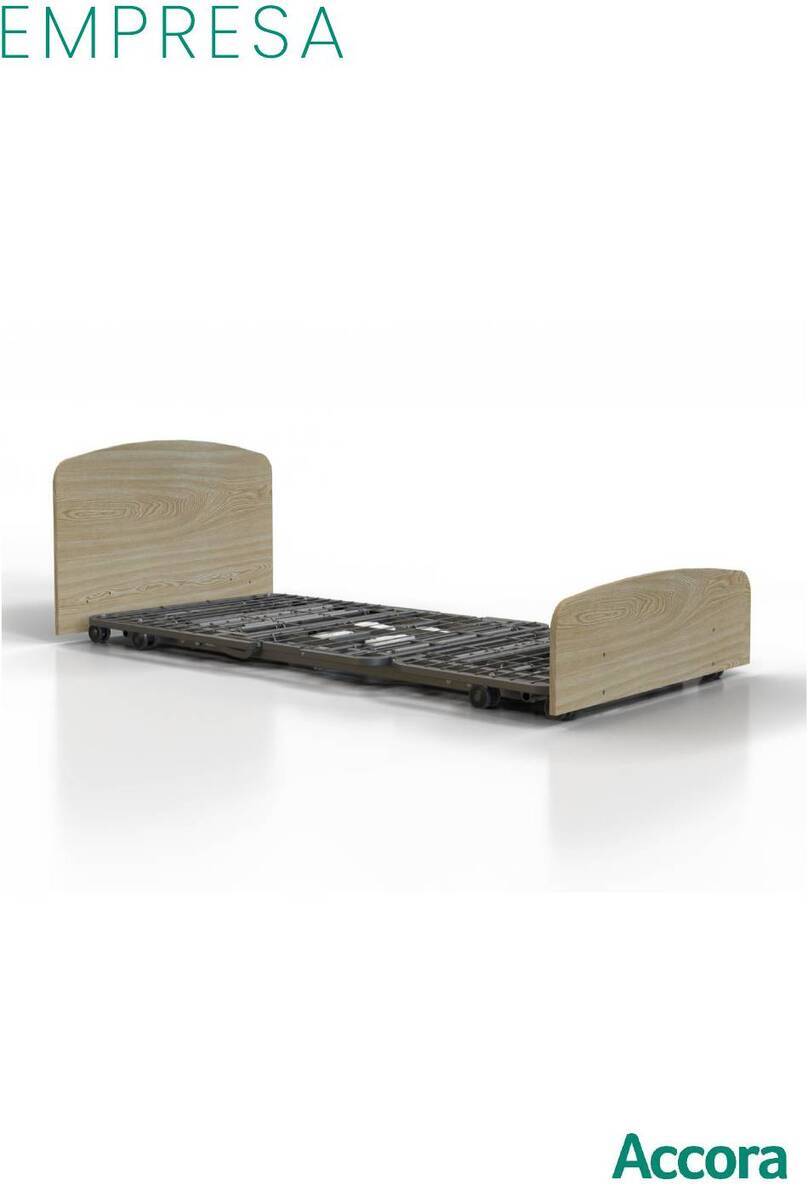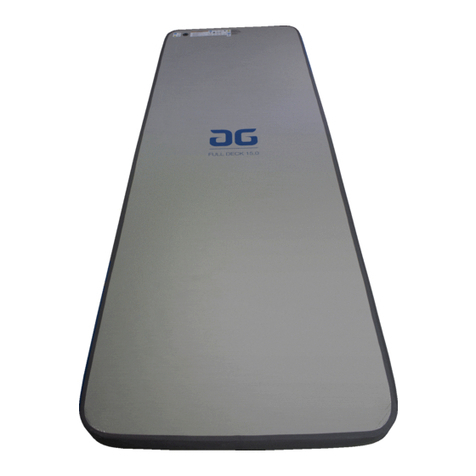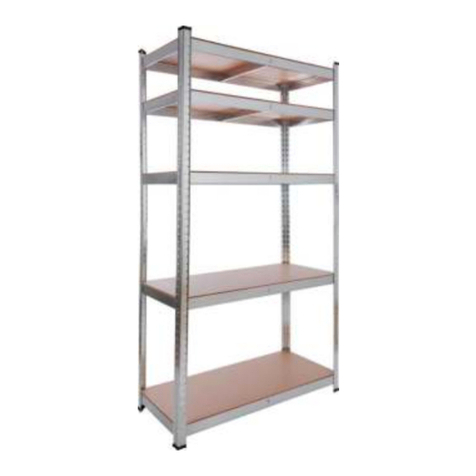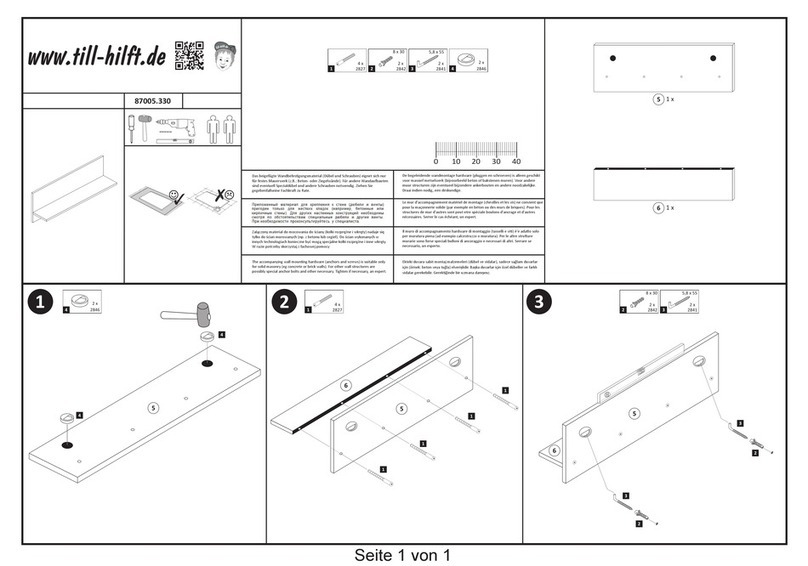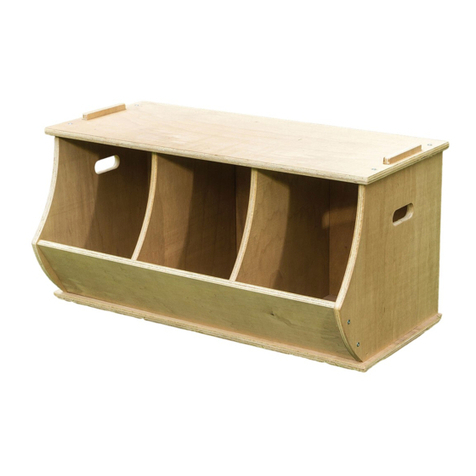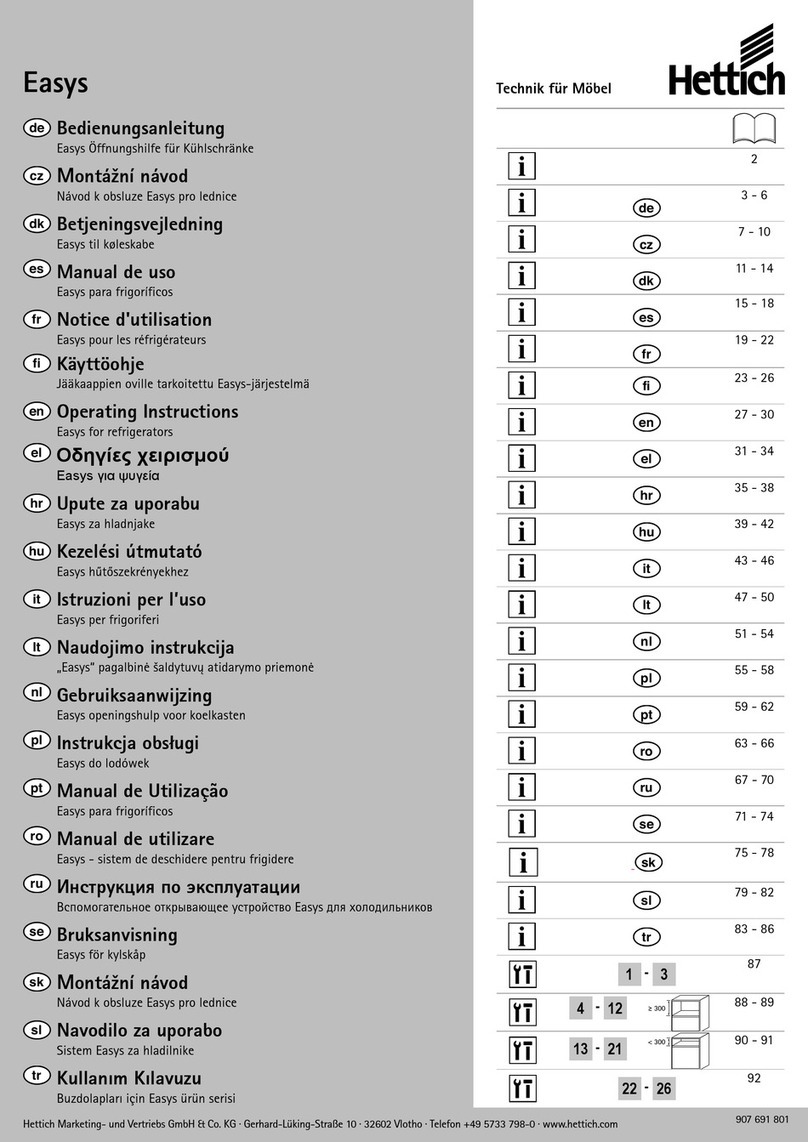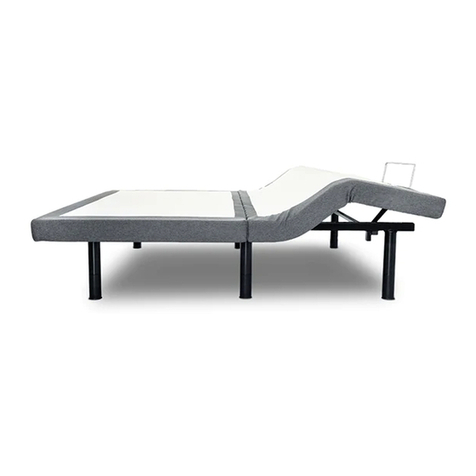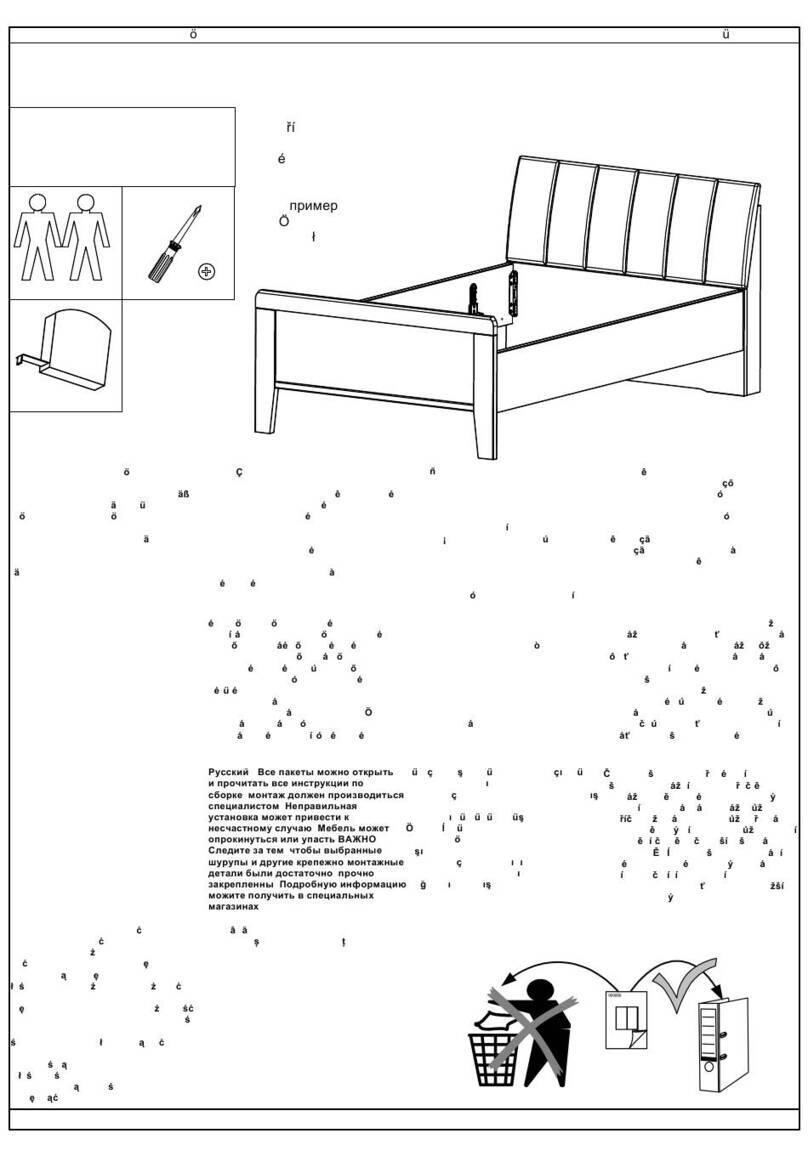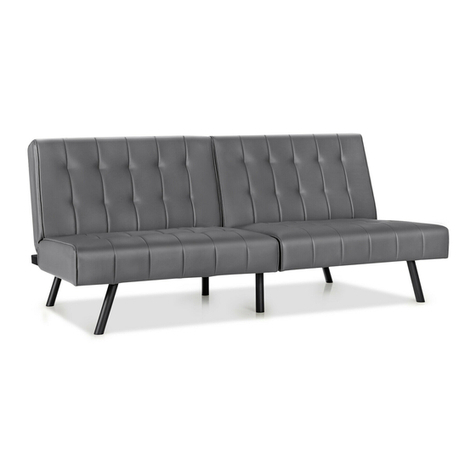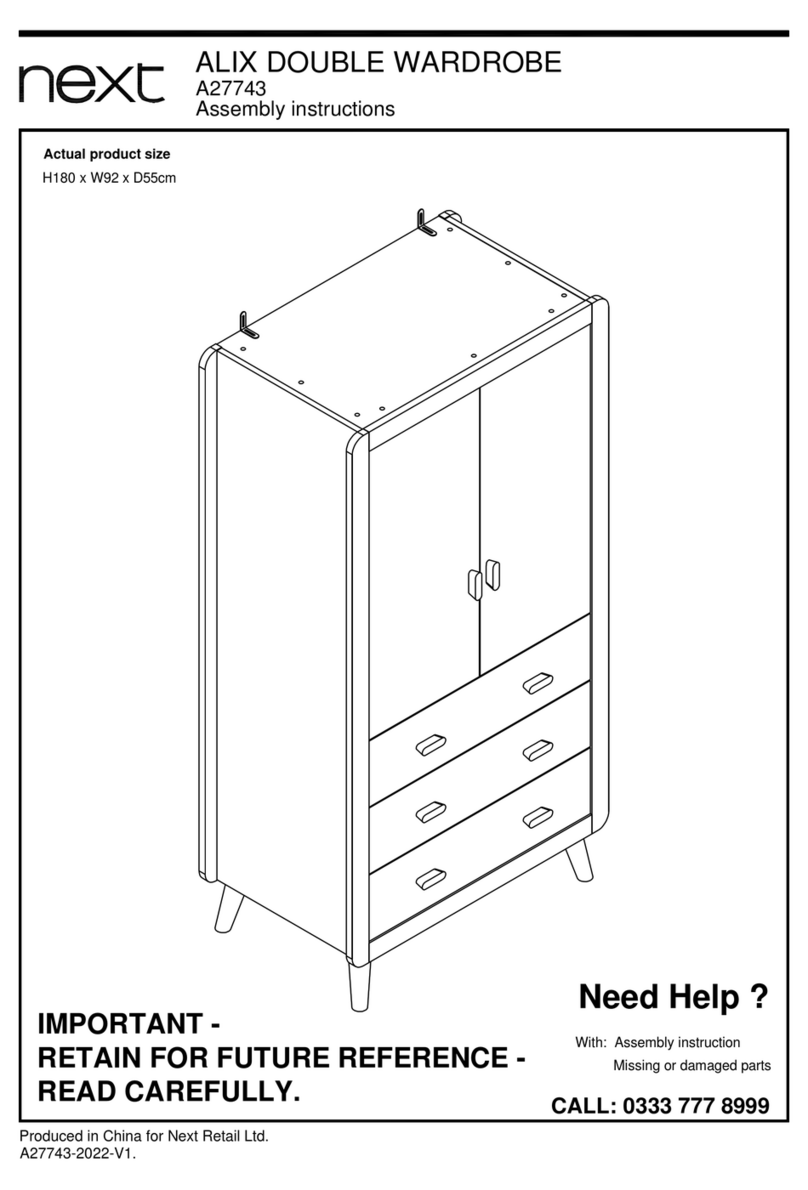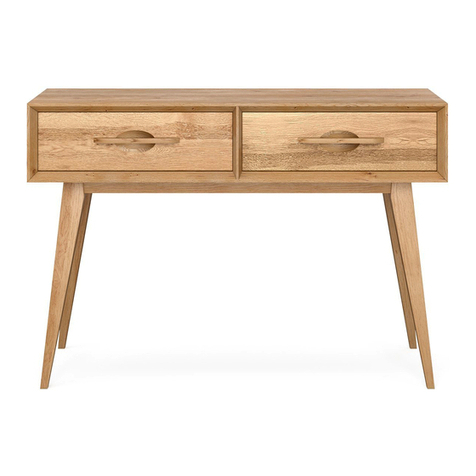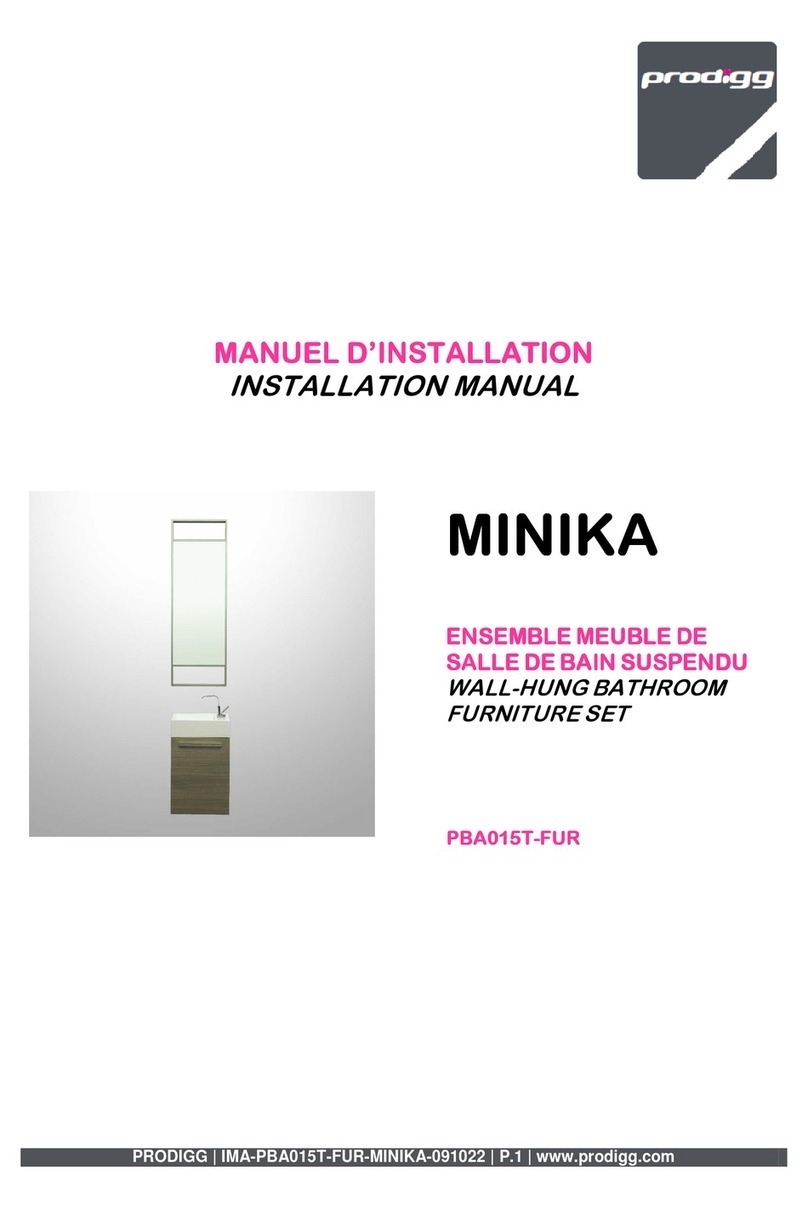4
1. Means of delivery
The Configura Advance chair is supplied boxed. An
inspection must take place upon receipt to ensure the
delivery is complete and undamaged.
Any missing parts, faults or damage must be reported
immediately to the carrier and Accora in writing.
2. Safety instructions
1. Before using the chair, you must read the
instruction manual and use the chair in
accordance with it.
2. The chair must not be used if faults have been
detected on it that may injure the patient, staff or
a third person.
3. The chair must only be operated by persons who
are able to operate it in accordance with this
manual.
4. Users must make the patient aware of the control
functions that apply to the patient, subject to an
assessment by a professional.
5. Before using the chair, the user should understand
the chair and its functionality.
6. The safe working load, as specified in Section 4,
must never be exceeded.
7. If a patient is left alone in the chair, the chair
castors must be locked as an unlocked chair can
cause injury to a patient who leaves the chair or
changes position.
8. When operating the moving parts of the chair,
care must be taken to ensure that the patient,
other people and objects do not become
trapped.
9. The chair may not be used where there is a
danger of explosion or in the presence of
uncontained flammable liquids.
3. Intended use
1. The Configura Advance chair is intended to be
used as a portable chair with built in size, pressure
and posture options in the acute, long-term care
and homecare environments. The chairs are
intended for patients who do not exceed the safe
working load and height recommendations for the
device.
2. The Configura Advance chair range is intended for
use in primary healthcare environments where
supervision can be provided if necessary, for
example, long-term residential care, nursing homes
or convalescent units. The Configura Advance
chair may also be placed in private homes where
there is unlikely to be 24-hour supervision by clinical
staff, but where the patient or caregiver is
considered competent in its use.
3. A typical patient / user ranges from those who are
physically dependent on caregivers for their
mobility, social and daily care needs, through to
rehabilitating patients.
4. Patients using the chair may also have declining
cognitive awareness, with symptoms ranging from
mild forgetfulness and poor concentration through
to end-stage dementia.
5. Patients may require postural support for the
accommodation, encouragement and
management of good posture.
4. Technical specification
The table below lists the Configura Advance chair part
numbers. Part numbers may be suffixed (US etc) to
show regions.
General specification
Environmental information:
Note: Always store out of direct sunlight. If the chair is
stored in conditions outside the normal operating
range, it should be allowed time to stabilise, in normal
operating conditions, before use.
